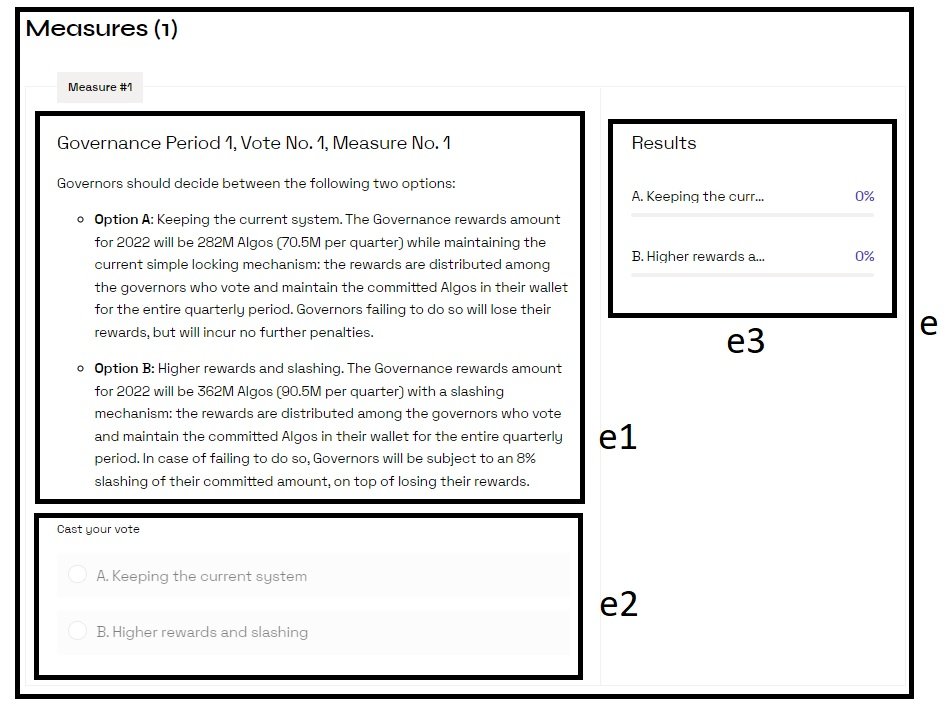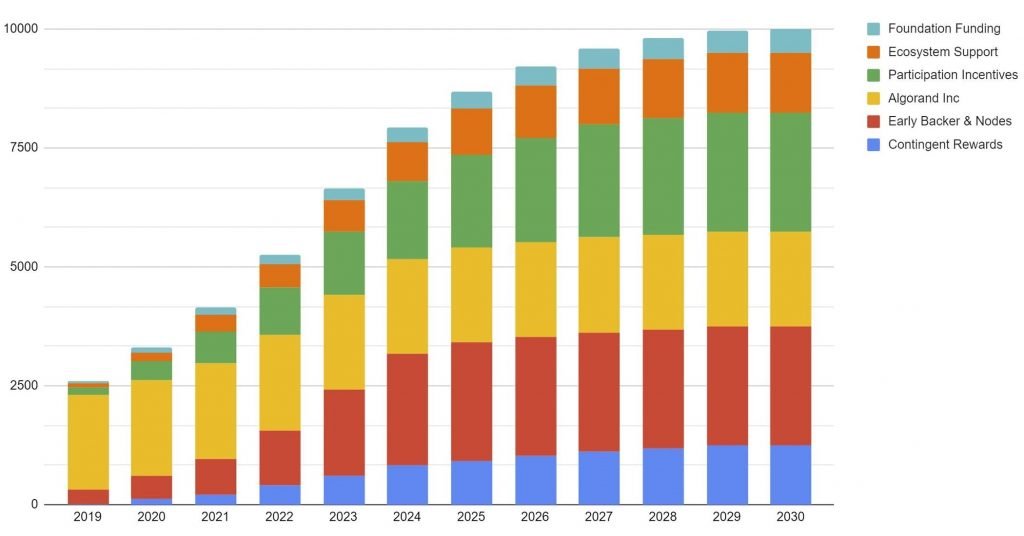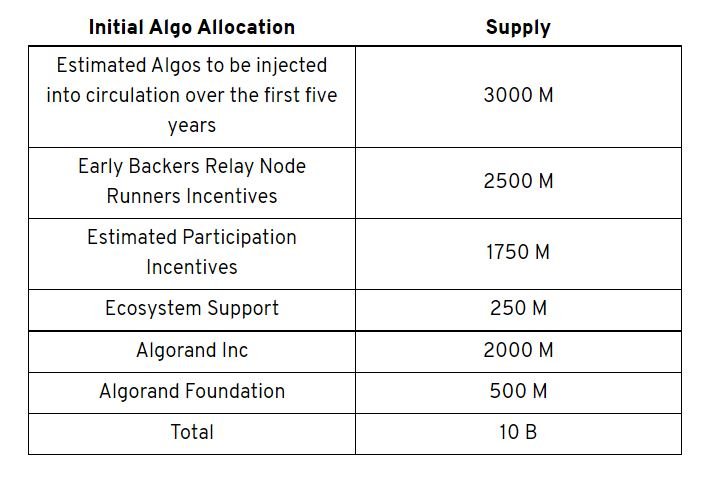Finally you can sign up for Algorand governance and start having decision-making power in the ecosystem, expressing your opinion on some crucial issues that will be crucial for the future of Algorand.
In this lecture we are not going to explain again what governance is, we are going to take it for granted, so if you are still unclear about it, it is advisable to read the lecture we dedicated to how governance works.
As per the title, the central topic is the voting process.
We will use this first vote to delve into how voting is done and secondly to discuss the topic of this vote, which, however, will not be done in this lesson but in this other one.
1- How the voting page is composed
As always one must first log on to the governance dashbord and then go to the “Voting Session” section.

Let’s enter the first voting session and immediately notice how the page is composed (in the desktop version):
- (a) At the top is the “Upcoming” tag, followed by the period of the session (in this case Oct. 31-Nov. 14), so we understand that voting is not currently open yet;
- (b) Immediately below we find the title, followed by a subtitle. Together they give a very general idea of the topic under discussion;
- (c) On the right we have the “Session History” box, which will update over time. We can note three dates:
- (c1) Date the vote was announced;
- (c2) Date when the vote will open;
- (c3) Date when the vote will be closed;
- (d) This is followed by an overview to present the topic discussed in more detail, with the possibility of getting more details by clicking on the link given;

- (e) Finally we have the section where voting can take place, called “Measures.” This section will contain the questions that we will have to answer, in this case there is only one.
This section is itself divided into three parts:- (e1) A first part in which the various possibilities from which we must choose are set out;
- (e2) A second part in which you have to cast your vote via checkboxes;
- (e3) A third part where the results of the voting are visible, with the answers and the respective percentages of votes in favor.
2- How to vote
Voting can be done in two ways:
- One can express one’s opinion by marking one of the possible options;
- One can vote with the foundation, i.e., have the form filled out automatically by pressing the “Vote with the foundation” button. In this case we will go with the choice recommended by the Algorand Foundation.
Once you have chosen your preferred option, you must submit your ballot. Exactly as withgovernance registration, a transaction will have to be signed to cast your vote.
From this it follows that you will have to pay transaction fees (0.001 Algo), which is why you should always avoid committing all the Algo you have when you sign up for governance.
The way you create and send the transaction depends on the wallet you use, and again I refer you to the governance guide, where it is explained how to enroll in governance, the process is the same for voting.
In short, when you confirm the vote, it will open the wallet connected to the governance dashboard, and from there we have to confirm the transaction for voting.
Within seconds, when the transaction is added to a block, the voting will be done.
The voting session, once started, will remain open for 2 weeks, but the Foundation leaves open the possibility in future governance periods to change the size of this time window, depending on how this first governance trial period goes.
3- How the results are counted
First, it should be specified that each Algo is worth one vote; it follows that the more Algo’s you commit when you sign up for governance, the more votes you will be able to cast and the more decision-making power you will have.
Once the voting is closed, to determine which of the options will be the winning one, the Foundation will proceed as follows:
- For issues with two possible choices, the option that has taken > 51% of the votes will win;
- For issues with more than two possible choices, the option with the highest percentage of votes will prevail. It is specified, however, that this is something that will probably be discussed in a future vote, to figure out how the community wants to count the votes.
4- Can one abstain? What happens if one does not vote?
It will not be possible to abstain from voting, you will have to necessarily choose one of the options given.
In case a vote is not taken, our membership in the governance quarter will be compromised and we will not be able to receive rewards.
Currently this is the only penalty but the first vote is on this very topic and leaves it up to the community to determine what penalty to apply to those who join governance but fail to fulfill their duties. For a more in-depth discussion of this topic, I refer to the dedicated lesson.
5- The Algorand Foundation and voting
An interesting issue relates to foundation voting. The more observant will have noticed that, in the budgets of Algorand’s long-term plan, it can be seen that the Algorand Foundation owns a large amount of Algo’s, which could jeopardize the much vaunted decentralization that Algorand prides itself on.
As mentioned earlier, each Algo is worth one vote, so it is clear that the Foundation’s decision-making weight would be disproportionate and decisive in voting, effectively making governance tend toward centralization.


For this reason, the Foundation cannot vote or get rewards from governance.
Reporting what is written on the FAQ page regarding governance, “its only role will be to propose options for voting and indicate its preferred option…but no Foundation-controlled Algo will be committed to governance.”
Bibliography and sitography
- Decentralizing Algorand Governance, Algorand Foundation
- A Proposal for Decentralizing Algorand Governance, Silvio Micali
- The Algorand Economic Evolution report, Sean Mann, Massimo Morini, Michele Treccani
- https://algorand.foundation/governance
- https://algorand.foundation/governance/first-period-rewards
- https://algorand.foundation/gov-faq
- https://algorand.foundation/governance/algo-dynamics

